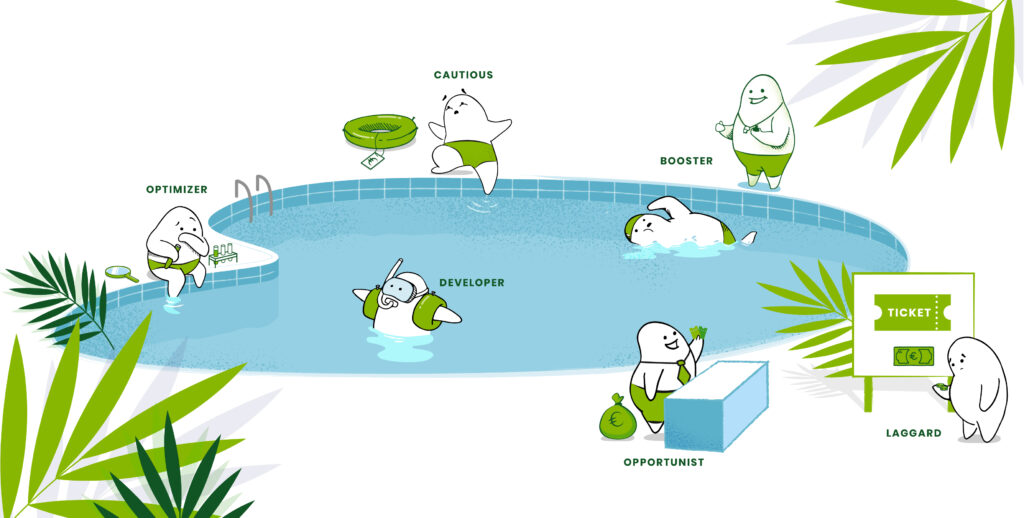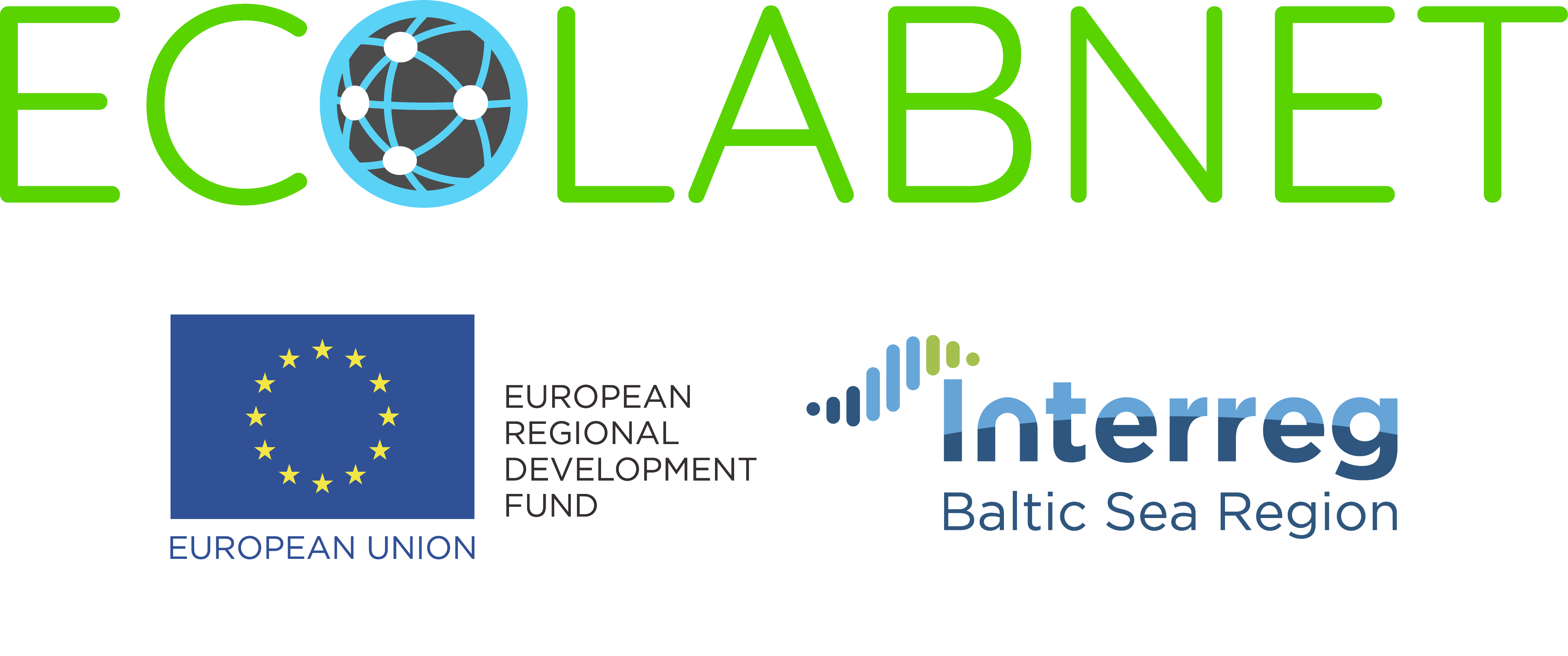
Writer: Sanna Peltonen, Vaasa university of Applied Sciences, Design Centre MUOVA.
The importance of ecological aspects has increased in recent years and eco-innovation is often discussed in the context of sustainability. According to the European Commission, “Eco-innovation refers to all forms of innovation – technological and non-technological – that create business opportunities and benefit the environment by preventing or reducing their impact, or by optimising the use of resources (https://ec.europa.eu/environment/pubs/pdf/factsheets/ecoinnovation/en.pdf).”
Requirements from customers or distribution channel, legislation, technological opportunities or new materials often serve as practical drivers in the eco-innovation development. Companies, industries and customers are different and there is no One-Size-Fits-All recipe for developing eco-innovations. Companies are motivated and hindered by different factors, which form company specific unique combinations, or do they?
In the Ecolabnet project, we conducted a survey for SME companies in six countries in the Baltic Sea region. Company personas were created based on the survey data. These personas represent the different combinations of motivating factors and the experienced barriers in eco-innovation development.

Eco-Booster
”We are so excited about eco-innovations. There is so much to gain!”
Eco-boosters are highly motivated and well-informed in eco-innovation development. They are especially interested in satisfying customer needs, efficient use of resources and strengthening corporate brand image.
Eco-Boosters see that lack of capital, certification costs and limited access to external knowledge are the main barriers for them in developing eco-innovation.
Over the next three years, Eco-Boosters expect to develop many areas in their company. Focus areas cover the whole company. They also expect the extensive use of different expert services to reach their goals.
| TOP 3 Development areas 1. Increasing process efficiency 2. Financial aspects 3. Energy optimization and Process development TOP 3 The expected areas of external services 1. Certifications 2. Customer insight 3. Branding and communication |

ECO-OPPORTUNIST
”If there is business, we are in!”
Eco-opportunists are interested in developing eco-innovations, especially for their potential to provide new business opportunities, efficient use of resources or opportunities to reduce the environmental effects on the business operations.
The most important barriers relate to lack of capital, limited access to external knowledge and lack of suitable tools and methods. In their development activities, Eco-opportunists focus on Business related issues. They do not expect to use external expert services in the eco-innovation development.
| TOP 3 Development areas 1. Value chain assessment and Business models 2. Branding and communication 3. Process development TOP 3 The expected areas of external services 1. Branding and communication 2. Customer insight 3. Product design |

ECO-OPTIMIZER
”Eco-innovation is interesting if it reduces costs. We need to make some calculations first.“
Eco-optimizers are interested in eco-innovations mainly for cost reduction, efficient use of resources and satisfying customer needs.
Main barriers are related to lack of alternative materials, lack of capital and uncertain return on eco-innovation investment.
Main development areas relate to technology and production. Eco-optimizers consider it quite unlikely that they would use expert services in developing eco-innovations.
| TOP 3 Development areas 1. Increasing process efficiency 2. Energy optimization and Material efficiency 3. Financial aspects TOP 3 The expected areas of external services 1. Alternative materials 2. Product design 3. Material efficiency |

ECO-DEVELOPER
”There are so many exciting things to do with eco-innovation!”
Eco-developers are interested in eco-innovations especially for satisfying customer needs, differentiating from competitors, strengthening corporate brand image and efficient use of resources.
The most important barriers for developing eco-innovations relate to lack of capital, lack of alternative materials and uncertain return on eco-innovation investment.
Eco-developers have identified several development areas that cover the entire business. In addition, they expect to use external experts from several different fields over the next three years.
| TOP 3 Development areas 1. Bio-based materials 2. Product design 3. Customer insights TOP 3 The expected areas of external services 1. Alternative materials 2. Customer insight 3. Branding and communication |

ECO-CAUTIOUS
“Eco-innovation is good for the company brand! But is it worth it?”
Eco-cautiouses are interested in eco-innovations mainly for complying with legislation, differentiation from competitors and strengthening corporate brand image.
Financial issues such as uncertain return on eco-innovation investment, lack of capital and uncertain demand from the market are the main barrier for developing eco-innovation.
For Eco-cautious, the most important areas for development are related to business development. Eco-cautious companies do not expect to use external expert services in their development activities.
| TOP 3 Development areas 1. Branding and communication 2. Customer insights 3. Financial aspects TOP 3 The expected areas of external services 1. Financial aspects 2. Customer insight 3. Branding and communication |

ECO-LAGGARD
”Yes, but we need to think about financial issues..”
Eco-laggards are interested in eco-innovations mainly for cost reduction, complying with legislation and efficient use of resources.
Major barriers are financial uncertainty of eco-innovation investment, uncertain demand from the market and certification costs.
The most important development areas relate to the technology and production. It is very unlikely that Eco-laggards will use external experts in developing eco-innovation.
| TOP 3 Development areas 1. Increasing process efficiency 2. Energy optimization 3. Legislation TOP 3 The expected areas of external services 1. Legislation 2. Certifications 3. Financial aspects |
Do you recognize your own company from these company personas?
Download the presentation about creating user personas of manufacturing SMEs and intermediary organisations as users of RDI services related to eco-innovation
